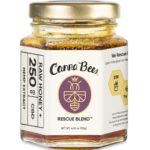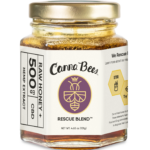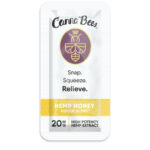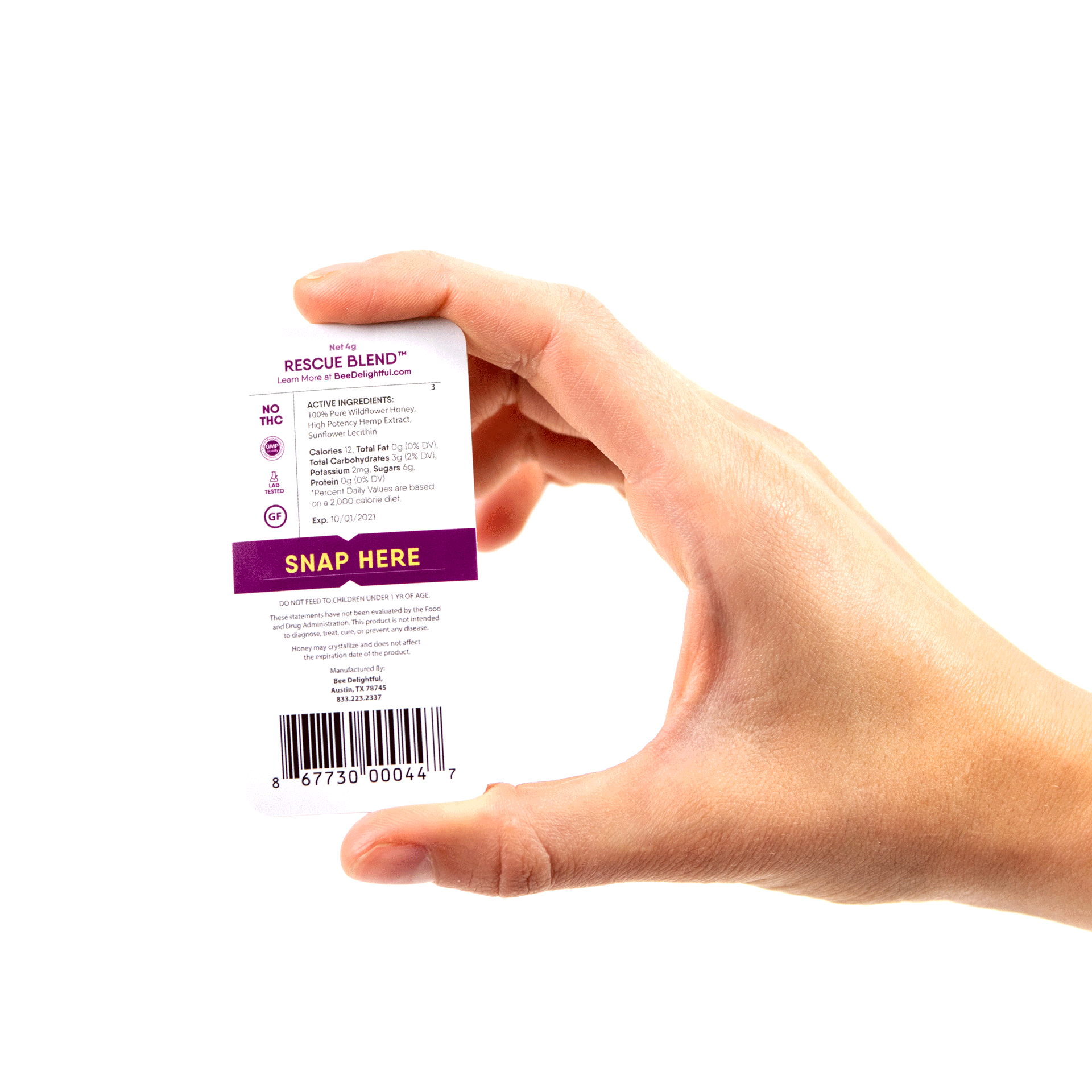There are many appealing things to beekeeping. Not only can honeybees fetch their food, clean themselves, and store your harvest, they’ll even fix their own homes! A honeybee colony is a mysterious, beautiful creation. Bees are as wild today as when they were initially imported into the United States, making them different from the typical domesticated animals and animal products we consume. Working with bees can be the kind of human-to-nature experience that is hard to find these days. In this article, we discuss the basics of beekeeping and answer some of your questions.

Basics Of Beekeeping
If you’re thinking about keeping bees, you may feel a little bewildered or scared thinking about all the steps you need to take. Here we discuss a few common questions on raising honeybees.
Where Do You Keep Bees?
You can keep bees pretty much any place nectar-bearing flowers flourish. If you know other people are keeping bees in your area, you probably can as well. If you don’t see any beekeepers around you, you either live in an untapped suburb or city, or there’s not enough forage available.
Where Do You Put Colonies?
A lot of urban beekeepers situate their hives on their rooftops, away from pedestrians. People with hives in crowded neighborhoods often keep them out of sight, typically behind a barrier or bush, so that the insects need to fly up a couple of feet in order to head out foraging. Some tips for backyard beekeepers include:
- Keeping a gentle breed of bees
- Make sure the bees have a water source on your property
- Try your best to lower swarming
- After your first harvest, give your neighbors some gifts of honey and let them know how safe your bees are
If you reside in a rural area, you should select a site with adequate ventilation (you don’t want muggy frost pockets or windy hilltops). Ideally, the site should be exposed to the sun in the morning (to get the bees going) but with enough shade in the afternoon (so they can spend less energy cooling). Moreover, it would be best to put your first hive where you can see them quickly and often- you’ll learn and enjoy the process much more that way. Looking for all-natural, wildflower honey? Order from Bee Delightful today!
How Do You Harvest Honey?
So how do you get the honey from the bees? Brush the bees off each frame you’re unloading. A soft, synthetic brush (like an artist’s drafting brush) is ideal. If you are just a hobbyist, then your best bet is to set a bee escape. A bee escape is a handy one-way exit that you can put in the oval hole of the inner cover underneath the super you want to harvest, do something else for a day or two, and then return to a harvest that is pretty much bee-free! When using a bee escape, make sure to tape any cracks above the escape, or other bees may harvest the honey before you do. Also, bee escapes don’t work great in sweltering weather. And MOST IMPORTANTLY, make sure the bees have plenty of honey for themselves. We recommend in Summer that you let the bees keep all the honey stores in the primary deep box and only take extra honey from a secondary super. In Winter, it’s even more important to make sure they have plenty of honey. We recommend, in the Southern US, leaving them a minimum of 40-50 lbs of honey. The recommended amount varies by geographic region. Related: Information On Different Forms Of CBD
How Do You Get Honey Out Of The Frames?
Now, how exactly do you get honey out of the frames? There are two ways to get the honey out: You can either cut the honey out in comb chunks with a pocketknife, or you can cut the caps off all the sealed cells and use a centrifuge honey extractor to spin the liquid honey. Extractors increase yields since they leave the honey cells intact, but they are also quite pricey- $170 and up, which is more than all of your start-up expenses combined! That’s why we don’t recommend starting with that one. Instead, you can just cut sections of the comb out with a knife and carve off thin slivers of those to spread on biscuits and pancakes. If you’re looking for honey with no beeswax in it, you can cut the comb out, “pop” all the cells with a hand-held egg beater or kraut chopper, and set it in a sieve to drain out your harvest. Heat and cool the sieved glob in a double boiler to separate it into solid wax (to use or sell) and some additional honey. Since extracting puts extra stress on bee equipment, you’ll need to use a unique, thick, wired foundation in your frames if you want to remove it. If you’re going to eat comb honey, we recommend starting on a thin, non-wired foundation.

How Much Time Does Beekeeping Take?
After you figure out the basics, you should be able to maintain a few healthy, established hives in just a couple of hours each season! Of course, there’s nothing wrong with being smitten with a severe case of bee fever and spending every spare minute in your bee yard! The busiest times for bees is spring, which is when you need to make sure your hive is strong but not about to swarm, and harvest, which happens when your area’s main honey flows end. Other than these times, all your bees need is an occasional inspection trip to make sure they are laying plenty of brood and harvesting plenty of honey, indicative of a healthy queen and colony. It’s also important to inspect the hive for pests like Varroa mites and other virus-carrying threats to the bees.
How Much Honey Will You Get?
If your area is good for beekeeping, the weather stays decent all year round, and your bees do well, you can harvest as much as 100-200 pounds (3–60 gallons) from just one hive! The national average is 50 pounds each. In most areas, two hives is a good number to start out with, and should give you all the honey you can use, plus some extra to give away (or sell). Related: CBD Honey Sticks: What They Are And What You Need To Know At Bee Delightful, we are proud to say that we are genuinely committed to quality and social responsibility. Every one of our CBD Honey Sticks and Canna Bees honey formulation contains pure, organic, pesticide-free Texas Wildflower honey from rescued bees. After we relocate these at-risk colonies to continue to thrive and contribute to the environment, the honey bees can freely roam on treatment-free apiaries. All of our honey is sourced from the non-essential stores on each hive. The honey is then infused with pure CBD that is holistically grown and processed from hemp native to the USA! Order all-natural, delicious CBD honey today!

Looking for organic honey from rescued bees? Order from Bee Delightful today!




